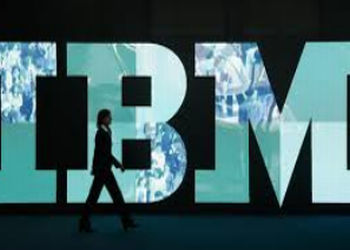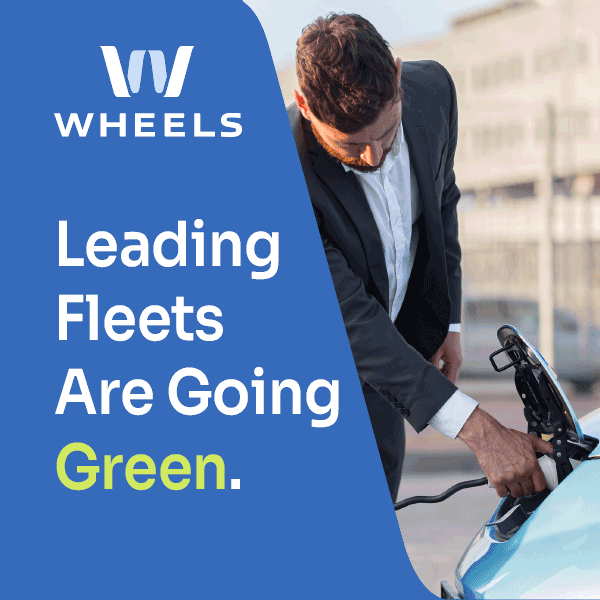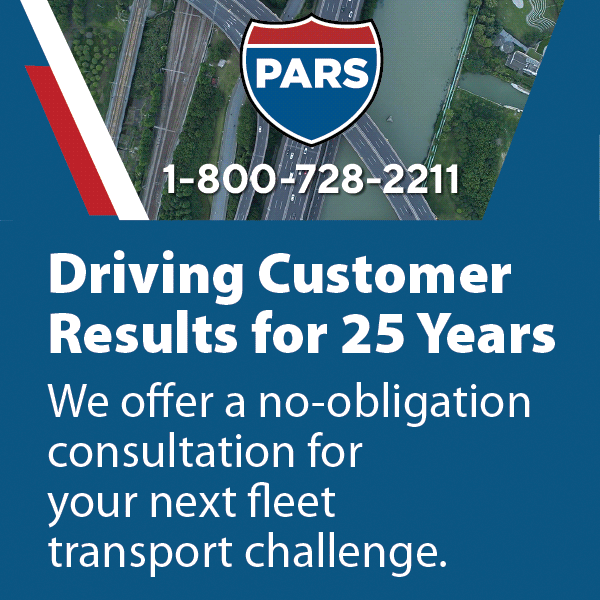
By Mike Sheldrick, Senior Editor
Consumers demanding a role in creating lives within vehicles
Time was when control of the “automotive ecosystem,” went mostly one way. The all-powerful OEMs designed and built cars, with some minimal inputs from consumers, and unloved regulations promulgated by government (e.g. safety and fuel-efficiency). To be sure, consumers could, at least, vote with their dollars. Fins, smaller fins, etc.
But in a new study of the global auto industry, “Automotive 2025: Industry Without Borders,” IBM’s Institute for Business Values predicts that a new industry identity is emerging — more open, inclusive and without borders between itself, consumers and the complementary industries within the automotive ecosystem. “Welcoming this transformation can result in benefits the likes of which haven’t been seen since the automated assembly line,” according to Alexander Scheidt, Global Automotive Industry Leader, IBM Global Business Services.
Scheidt predicts that “By 2025, the industry will not only recreate our highly personalized and digitized lives inside our cars, but also give consumers a bigger role in defining that experience, whether as a driver or passenger.” The report concludes that today’s consumers are more engaged than ever. They desire both digital engagement and an improved driving experience combined. The report indicates that consumers not only want to drive cars; they want the opportunity to innovate and co-create them along with related services, such as infotainment.
Mobility versus ownership
Some of the most interesting findings involve a new emerging interest among consumers of mobility rather than ownership. The study doesn’t cover vehicle leasing or fleet operations, but, both are likely to also be affected in similar ways.
The vehicle is just one component of the new customized mobility options that are enabled by technology and demanded by consumers. Mobility includes products and services that enable different ways for consumers to move from one point to another according to each individual’s preferences and lifestyle.
Because consumer-driven mobility is not controlled by the auto industry, it offers tremendous opportunities for new business models, providers, products and services that transcend the traditional vehicle-centric focus. Sixty-nine percent of the executives cited such new services as a top way to grow. OEMs control vehicle-centric services that drivers use during vehicle operation, but other mobility services — including driver convenience and occupant experience — will see intense competition from non-traditional industry participants.
Some mobility services, such as car sharing, directly conflict with the traditional auto business model of selling vehicles. But if auto enterprises develop transferable personas that allow people to have a car feel like their own as they use the car-sharing model, then consumers will begin to demand certain models based on this differentiator. Forty-three percent of “Auto 2025” executives agreed such innovation could extend the importance of auto enterprise’s brand beyond car ownership.
Some of the other key findings of the report include:
By 2025, the vehicle will be sophisticated enough to configure itself to a driver and other occupants. Also, it will be able to learn, heal, drive and “socialize” with other vehicles and its surrounding environment. Nearly 80 percent of [automotive industry] executives felt in-vehicle cognitive technologies will be a key component of how vehicles learn and reason to provide a better experience for the occupants and optimize its own performance.
* Fifty-seven percent believe vehicle “social networks” would be in place where vehicles would communicate with each other, allowing vehicles to share not only traffic or weather conditions, but information specific to a given automaker. For instance, if a vehicle was experiencing some type of problem not recognized before, it could communicate with other vehicles of the same brand to seek help on what the issue might be.
* In contrast to common beliefs, the report also underscores considerable skepticism about fully autonomous vehicles—where no driver is required and the vehicle is integrated into normal driving conditions. A mere eight percent of executives see it becoming commonplace by 2025. Moreover, only 19 percent believe that a fully automated environment—meaning the driving system handles all situations without monitoring, and the driver is allowed to perform non-driving tasks—will be routine by 2025.
* Eighty-seven percent of the participants felt partially automated driving, such as an expansion of today’s self-parking or lane change assist technologies would be commonplace. Moreover, 55 percent said highly automated driving, where the system recognizes its limitations and calls driver to take control, if needed, allowing the driver to perform some non-driving tasks in the meantime, would also be adapted by 2025.
The notion of an industry without borders doesn’t refer to greater internationalization — and indeed, there might be more of that — but IBM means the borders that have existed between the industrial imperialism of automakers and its consumers. “Looking toward 2025, as the borders continue to come down, the new ecosystem will create challenges and opportunities the industry has never had to face before; the enterprises that welcome openness will set the stage for long term success and industry leadership,” said Scheidt.
The study emphasizes that the rigid, self-contained industry of the past century must quickly transform into an ecosystem that is expected to be open, collaborative and filled with new innovators:
Seventy-three percent of OEM executives rated mobility services, cost-effective alternatives to vehicle ownership like car/ride-sharing, as a significant area for co-creation with consumers. Seventy-three percent of all executives rated collaboration with other industries as the best opportunity for industry growth as it progresses toward 2025. Seventy-five percent of all executives expect non-traditional industry partnerships to have a key role in the automotive ecosystem by 2025.
Overall, the IBV Automotive 2025 study paints a very clear picture: Industry growth will come from delivering additional value rather than just selling more vehicles. And even though one-third of those surveyed feel they will be able to adapt to the challenges this presents, only one in five feel they are prepared now.
The full study findings can be accessed here http://www-935.ibm.com/services/us/gbs/thoughtleadership/auto2025/
Join the conversation on Twitter: #Auto2025


